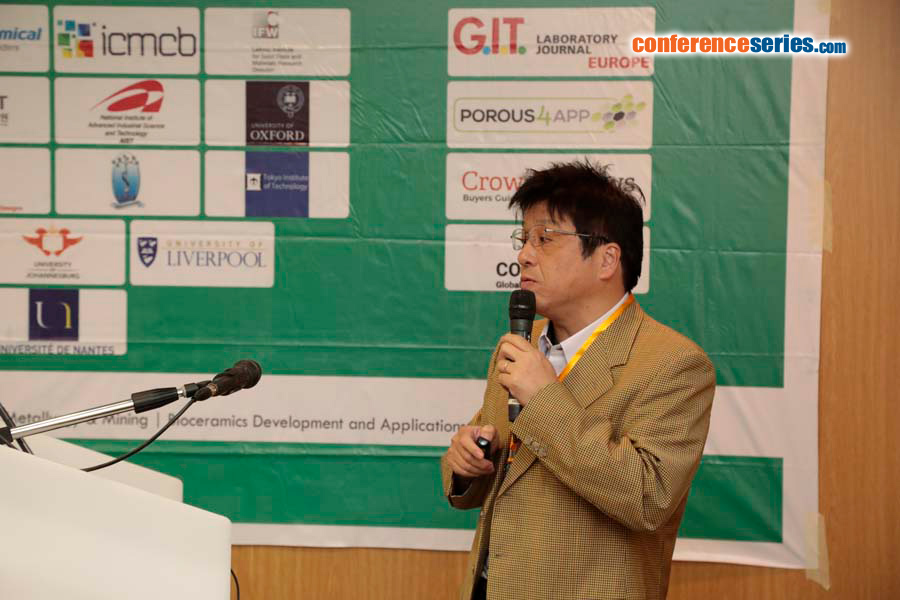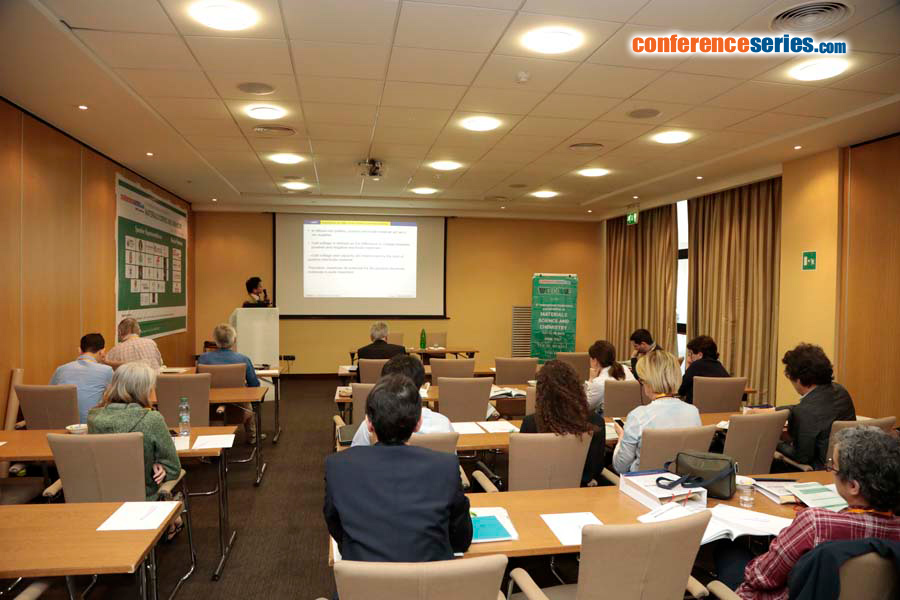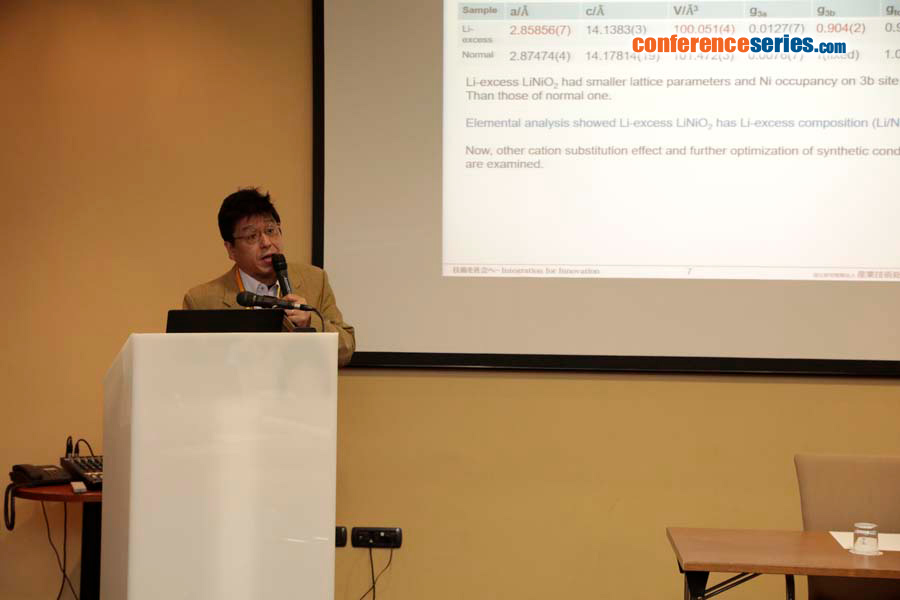
Mitsuharu Tabuchi
National Institute of Advanced Industrial Science and Technology, Japan
Title: Synthesis of Co-free & Li-excess positive electrode materials for lithium-ion battery
Biography
Biography: Mitsuharu Tabuchi
Abstract
Co-free positive electrode material is necessary as constituent material for large-scale lithium-ion battery to use electronic vehicle (EV) and plug-in hybrid one (PHEV). As shown in Figure 1, we developed seven high-capacity material systems (>200 mAh/g) having above 3.2 V of discharge voltages. Our strategy was utilizing Fe ion for oxide-based positive electrode material, because iron is cheap and environmental-friendly element and LiFeO2 is as an electrochemically inactive positive electrode material. To activate the LiFeO2 component, we have been trying to make novel LiFeO2-Li2MnO3 solid solution (FM system). The first paper was published in 2001 and the study is still going on to improve its electrochemical property. To synthesize homogeneous FM sample with high Fe content, careful optimization of preparation condition must be needed. Original co-precipitation–calcination method was constructed. The co-precipitation temperature was kept to low temperature (-10ºC) to avoid spinel ferrite formation and then it wet-oxidized by bubbling with air. This precursor preparation technique is very important. After washing and mixing with Li salt, the mixture was dried for pulverization. It calcined in air or N2 flow. Other systems were derived from the FM one. Among them, the LiFe1/2Ni1/2O2-Li2MnO3 solid solution(FNM system) was designed to raise discharge voltage close to 3.5 V. Applying stepwise-charging method, its electrochemical properties was rather improved. LiFeO2-Li2MnO3-Li2TiO3 (FMT system) and Li2TiO3-Li2MnO3 (TM system) solid solutions were synthesized by co-precipitation–calcination-carbothermal reduction process. NiO-Li2MnO3 (NM system) and NiO-Li2MnO3-Li2TiO3 (NMT system) was prepared by co-precipitation–hydrothermal–calcination process. The LN system was considered as Li-excess LiNiO2 which was synthesized by thermal decomposition of Li2NiO3. Research details for these selected systems will be presented.
Our developed positive electrode materials vs. their average discharge voltages






